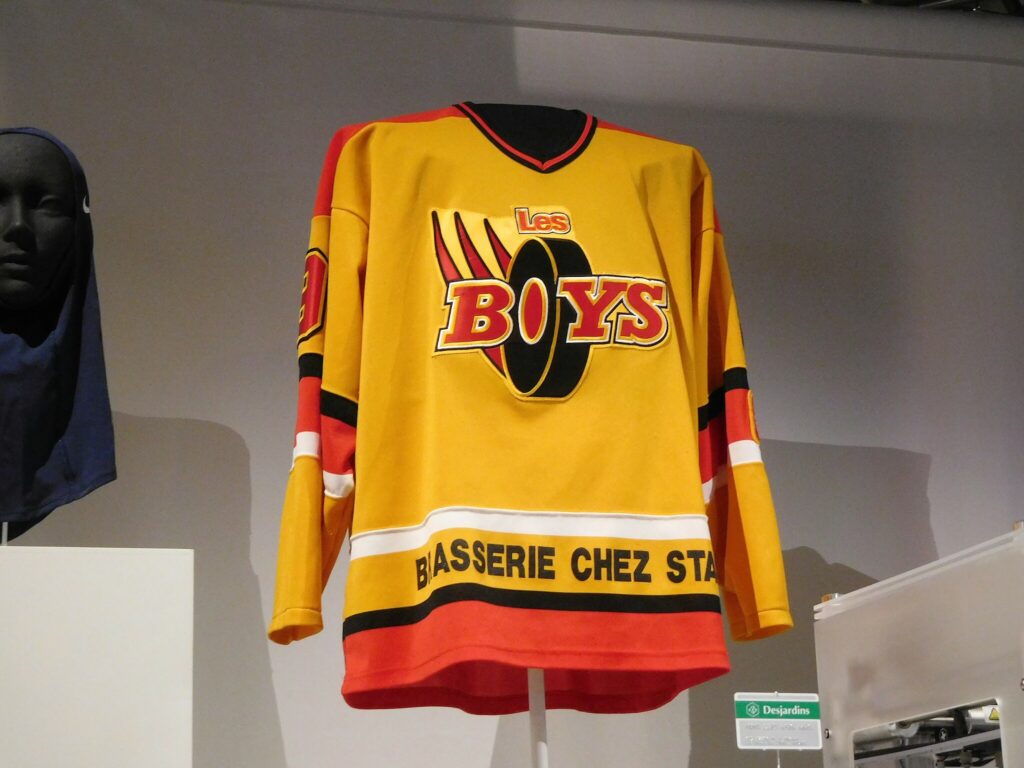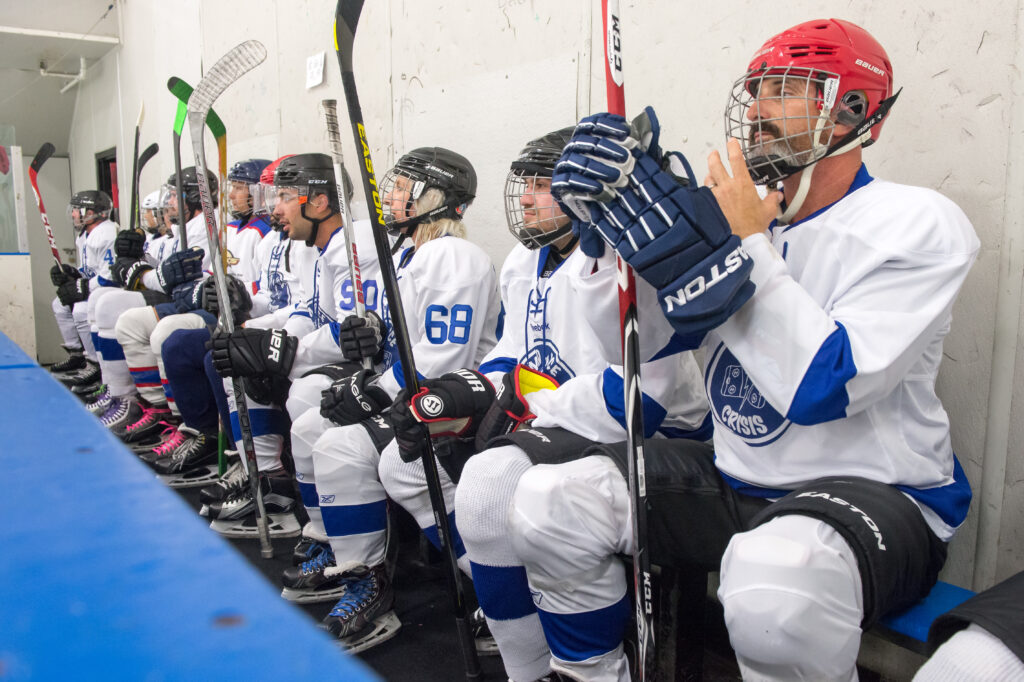Although rates of women participating in this traditionally masculine sport are higher than ever, hockey remains an institution that reinforces competitive and aggressive masculinity. In a review of the Les Boys films, a series of French Canadian comedies that follow an amateur hockey team, many accurate representations of masculinity within hockey are portrayed. Fern, one of the main characters of the film, says “If we win, they’re going to say we don’t have class; if we lose, they’ll say we don’t have balls”(Ransom 2014:118). Establishing the want and need to reaffirm their masculinity by winning within hockey, if do not they do not have “balls”.

This is just the tip of the iceberg of the presence that masculinity holds within hockey culture. Within hockey, values of dominance and physical strength are encouraged. This is most clearly found within the physical aspect of the game that requires a certain form of aggression (Macdonald 2014:103). A study conducted by Tjønndal et al. (2018) explored even further the cultural constructions of masculinity within hockey. Tjønndal et al. (2018) did such by investigating Instagram posts of 21 Swedish and Norwegian pro hockey players. Notably, this reaffirmed the presence of masculine traits like physical strength and dominance, as they were portrayed within the player’s posts. With that said Tjønndal et al. (2018) called for a broader scope when defining the “ice hockey playing man”, which is often portrayed as a narrow stereotype.
This narrow stereotype involves many negative traits, one of which is the exclusivity that exists within the sport and players. Discrimination is a common occurrence within hockey, often in reference to one’s gender, sexuality or race. Fowler (2023) cited Brock McGillis as one of the first openly gay professional hockey players, but who notably did not come out until his retirement. After ending his career Brock said he could, “feel free and experience life as a gay man without judgment from the hockey community”(Fowler 2023:38). Brock remained closeted due to a fear of homophobia he would experience while playing hockey, a game that was such a massive part of his life. As a hockey player he knew the amount of discrimination that occurred within the game and thus continued to hide his sexual identity. The amount of discrimination is most evidently seen on the ice and in the locker room where usage of discriminatory slurs happens often. Andrea Barone, a professional referee described the usage of homophobic slurs as, “one of those things that gets labeled as part of the game”(Okeke 2016). Discrimination within hockey happens because it is associated with hegemonic masculinity, something that is ingrained into the sports culture.
Alternatively, the research of Allain (2022) found that this is not always the case, following men who played for the Silver Skaters, a hockey men’s league featuring men over the age of 55. Doing this showed that men within the league demonstrated an alternative form of masculinity in hockey, one that demonstrated an emphasis on care and inclusion rather than commonly found values of exclusion and aggression. While this was only found among older age groups, ultimately, this showed that alternative forms of masculinity are present in hockey, which is important in a world that is calling for a change within its traditional masculine culture.
